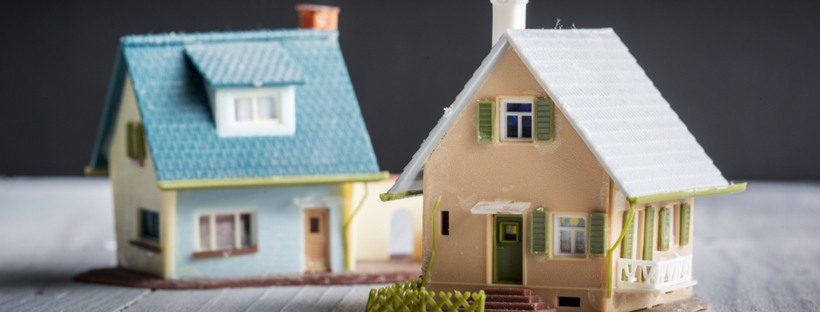
When Second Homes Become Primary Residences
The demand for second homes has soared thanks to remote working and low mortgage rates. With new working arrangements, many individuals have begun to consider a permanent move into their second home, raising important questions about what to do with their primary residence.
To view the full article please register below:
When Second Homes Become Primary Residences
The demand for second homes has soared thanks to remote working and low mortgage rates. Purchases of second homes were up 87% in January 2022 from pre-pandemic levels, just shy of the record 90% gain in September 2020.1
With new working arrangements many individuals have begun to consider a permanent move into their second home, raising important questions about what to do with their primary residence.
Turning a Primary Residence into an Investment Property
For many Americans already working from their second home, they have discovered an improved lifestyle they don’t want to surrender. For homeowners looking to permanently make their second home their primary residence, they have three basic options with their current primary home.
- Sell the primary residence. With home prices at record levels, there is a strong case to sell an existing primary residence and reinvest the proceeds. Selling locks in a gain, may create needed liquidity and reduces housing expenses, freeing up cash flow for other purposes.The downsides are that homeowners may be subject to taxes on some or all the capital gains and a sale eliminates the participation in any potential future price appreciation.
- Convert the primary residence into a rental property. Homeowners may convert their home into a rental unit, which, depending on local rental rates, may create positive cash flow and a new set of tax deduction opportunities. Importantly, they remain positioned to participate in any future price appreciation.The main disadvantage to this option is that a homeowner becomes a landlord, beholden to myriad responsibilities. These responsibilities can be contracted out to a property manager, though that will reduce income by anywhere from 8-12% of monthly rent.
- List with an online rental platform. Another approach is to list the home with an online housing booking platform, like Airbnb. Homeowners may find they can generate higher rental income, provided they can maintain sufficient booking levels.There are several drawbacks, including higher turnover, higher expenses (electricity and cable, for instance, are not billed separately like in a rental) and less predictable income.
Whatever direction a homeowner pursues, it’s critical that he or she speaks with a professional tax advisor to understand the relative tax implications of each option, the rental laws in a community (e.g., rent controls, eviction process) and if there are any local laws in place that impact listing a home with Airbnb or a similar platform.
Source:
Please reference disclosures: https://blog.americanportfolios.com/disclosures/












